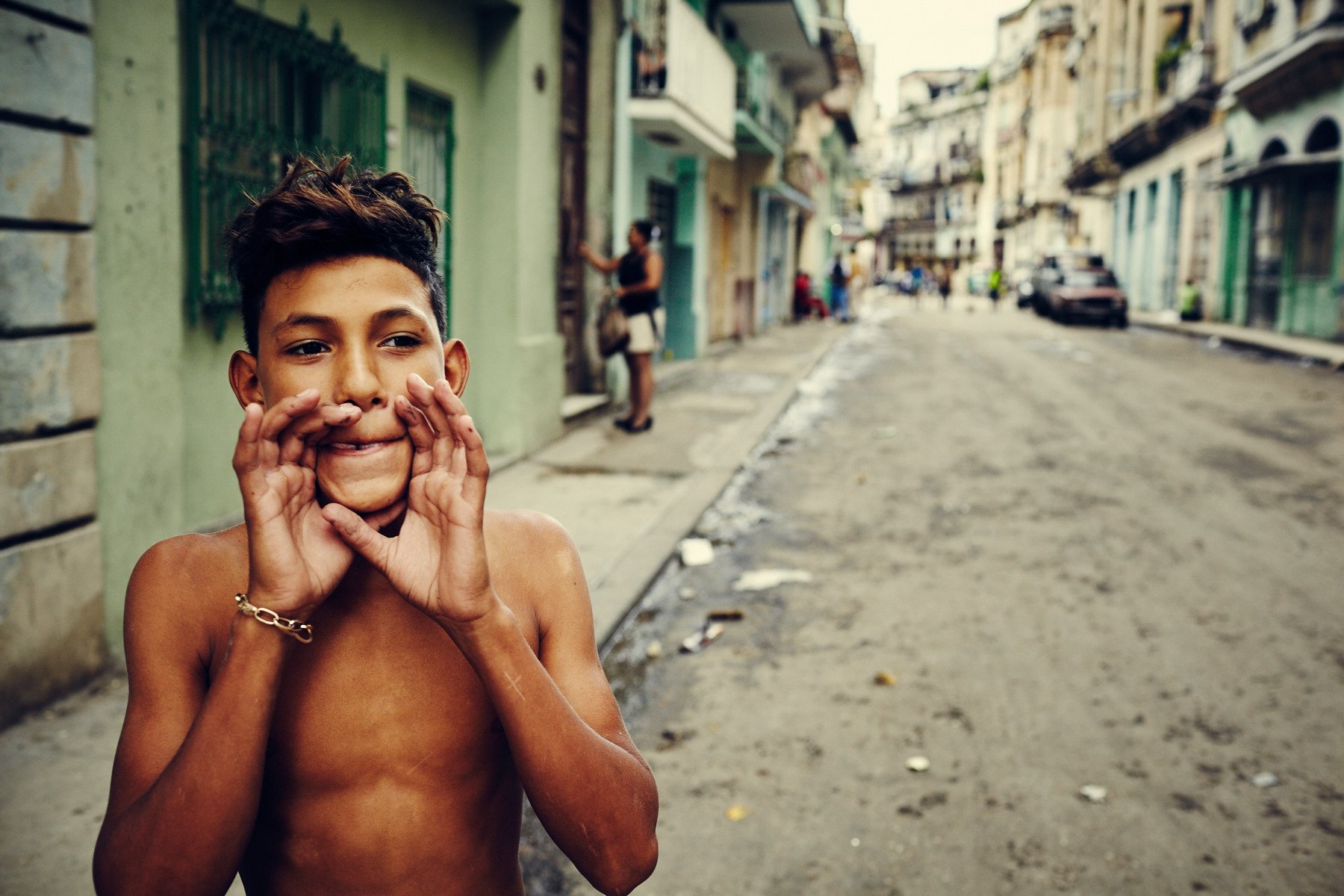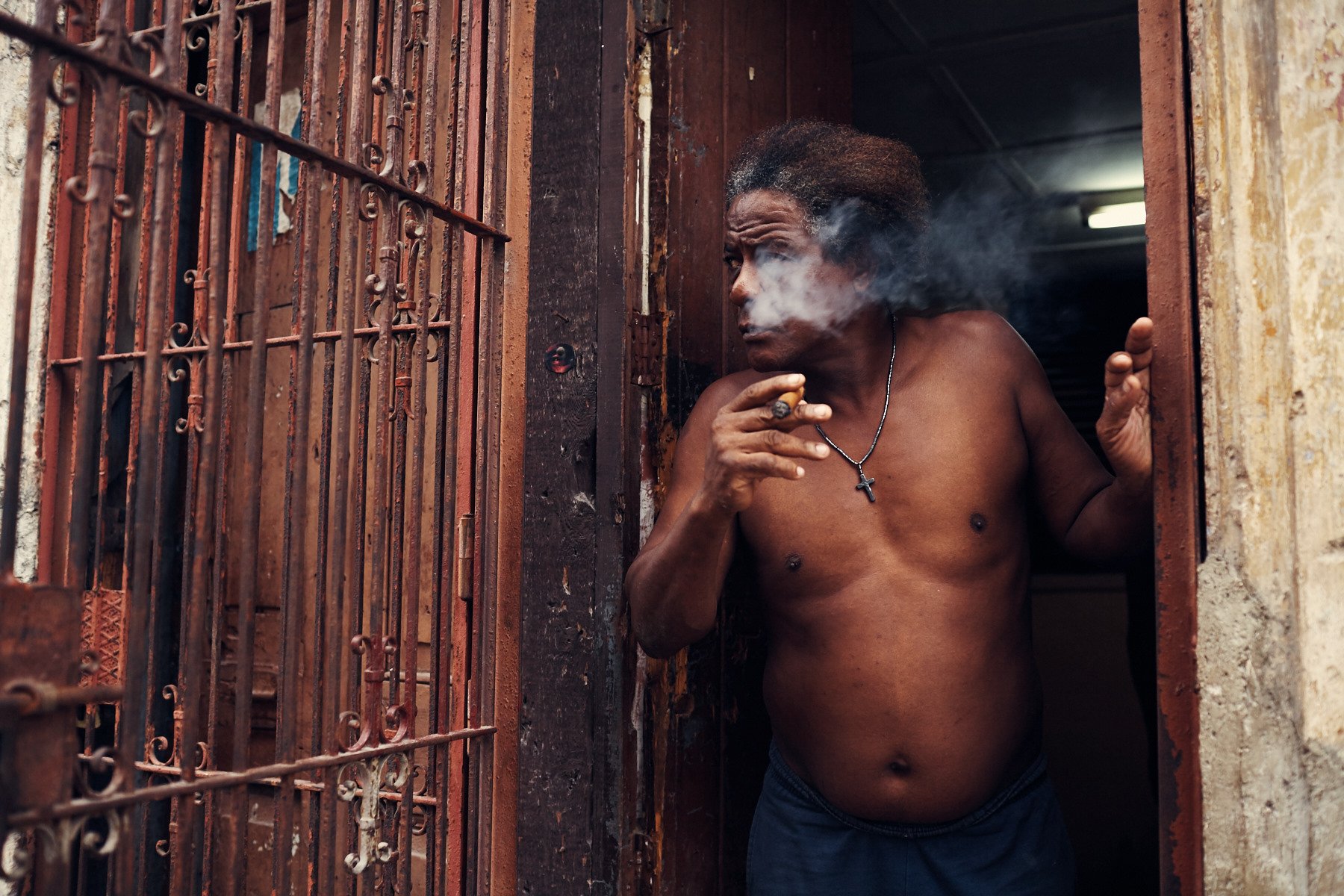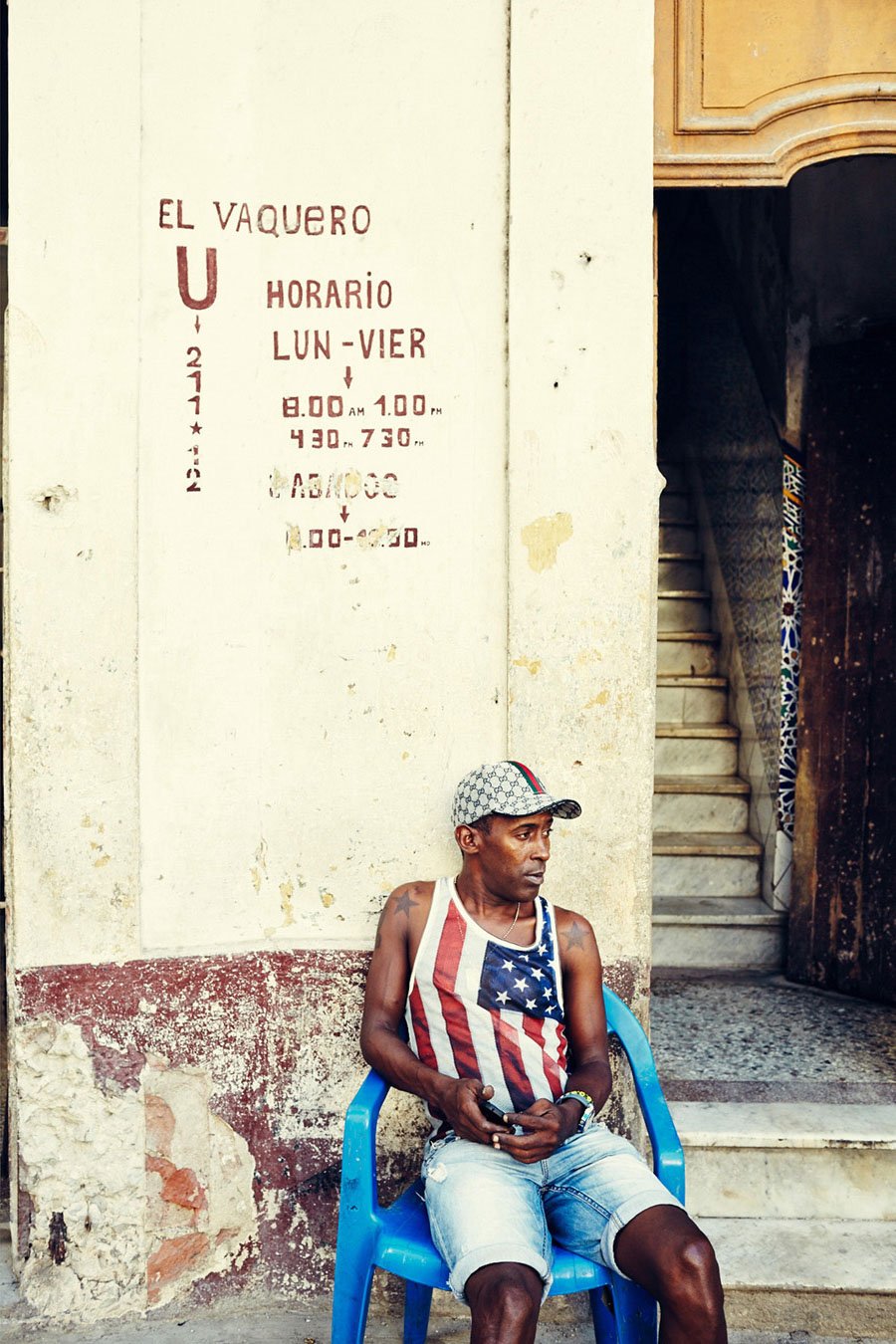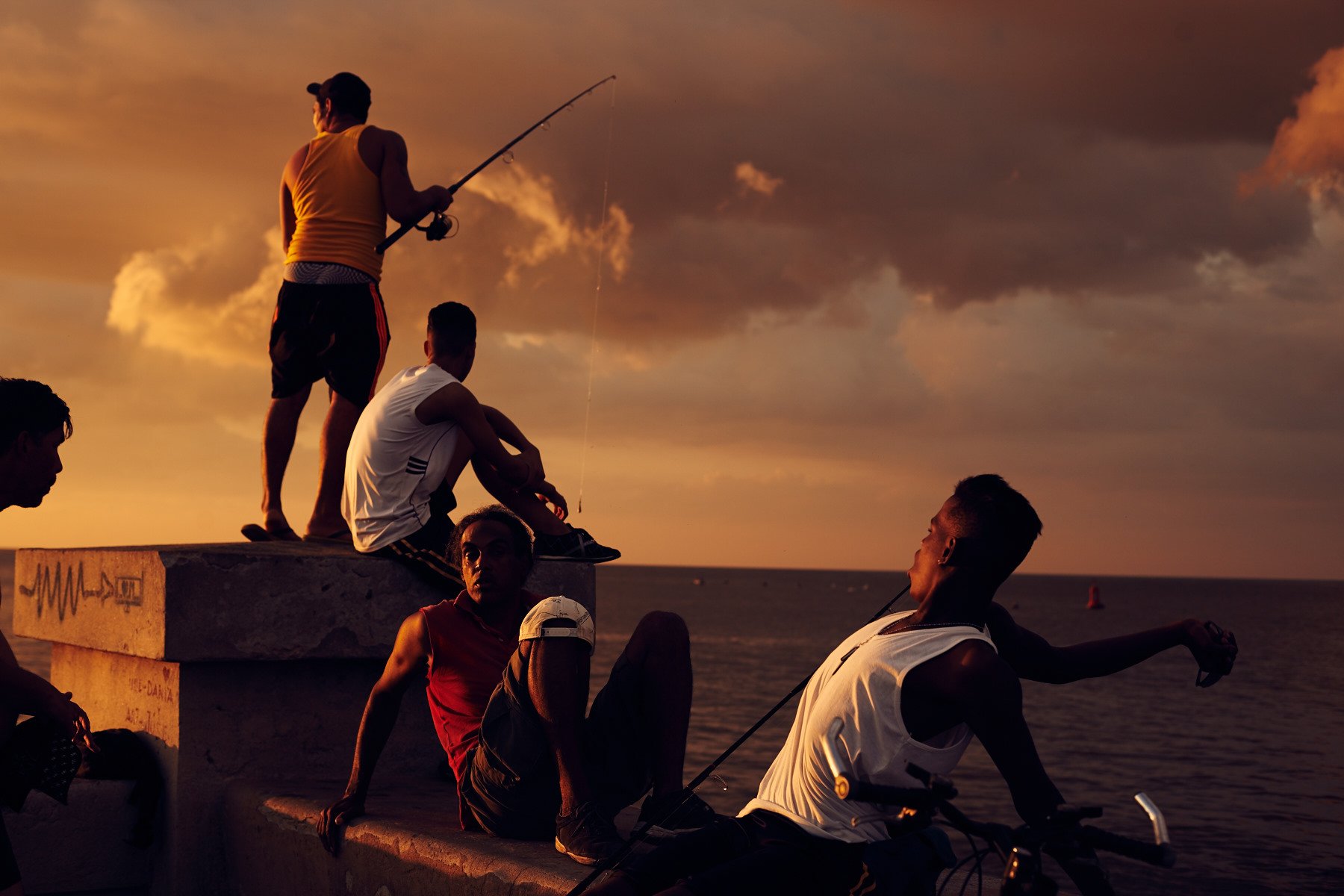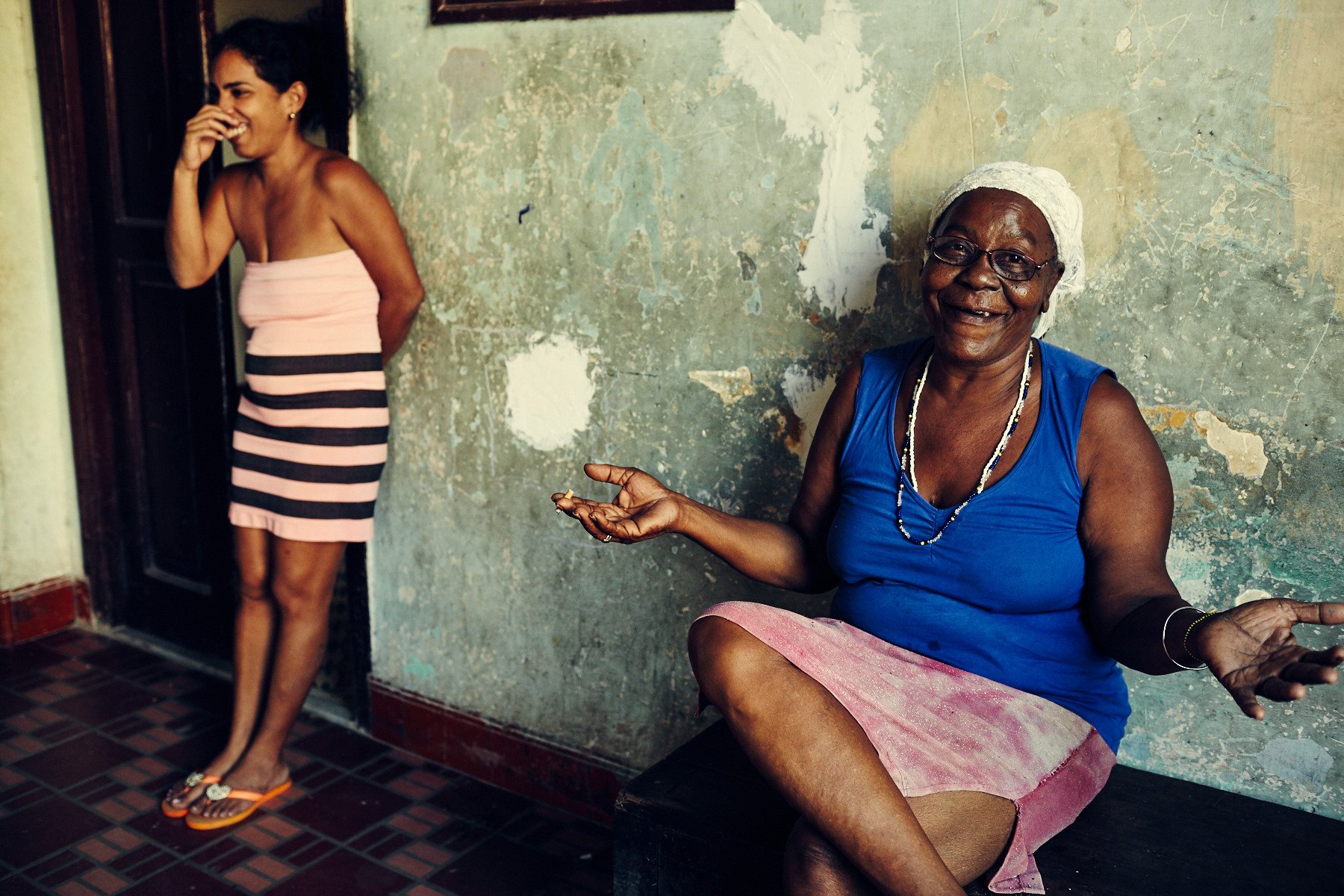Havana Centro
Setting foot on the ground in Cuba is like traveling back in time. It is well-known that this country was built up fast after the revolution in 1959, and not much has happened since. My favorite thing to do when visiting foreign countries is to talk with locals. Only then can you get the truest views on circumstances rather than what you read in the news.
I learned how poor most Cubans really are on a global scale, with government jobs paying an average of $15-30 per month. That being said, health care and education are completely free, with housing and food being incredibly inexpensive. As a result, nobody seemed to be struggling to survive. Everybody I met was very intelligent, I would guess a higher average than in America. There were only a few homeless people I saw, and nobody had untreated illnesses. On the downside however, because of such low pay wages, many turned to other jobs in exchange for slightly higher salaries. Two guys working the desk in my hostel had computer science degrees, a woman working in a restaurant quit her medical studies because waiting tables for tourists would pay better than being a doctor. Everybody could get by, but thriving seemed impossible. It’s as if they were trapped in a level of comfortable poverty.
My aim is always to capture authenticity, which is arguable in many cases of my results. As you see image after image of the classic American cars, you have to realize that sometimes I had to wait a few minutes for these to happen; or the general type of person I was drawn to photographing; or that I mainly focused on one main neighborhood in Havana. All that being said, I don’t think anybody who has been there would say this isn’t an accurate depiction of what you could encounter exploring the area.
I can’t remember the first time I felt drawn to this city, but it’s a very common feeling for photographers. The purpose of my trip was to go and live in this part of town, make a few friends, and get a local’s experience for a couple weeks. Walking around this area and talking to people, you get a sense of a city that hasn’t changed much in 50 years. It has all the characteristics of a third world country’s capital: dilapidated structures, dirty streets, general chaotic order of living, but it’s without the sense of danger and aggravation. It’s conflicting to talk about how amazing this place is for photography, because our beauty is their reality. A dilapidated apartment building might make for perfect backdrops, but the lack of order doesn’t make for ideal living conditions.
I must specify this is not Old Havana (Habana Viejo), as it looked heavily catered towards tourism and didn’t seem very real. Nice restaurants and bars lined the Obispo walkway, and side streets were filled with shops of souvenirs and swarms of cameras clicking away. The cops even hassle locals for walking or talking with tourists; some friends I had made told me they’d walk twenty yards behind me when we passed through here because it just wasn’t worth it otherwise.
Despite the frustration with the economic situation, people generally carry a very positive attitude and like to maintain a good energy among themselves. I was consistently greeted with warmth and smiles as I’d talk to strangers out and about or in their homes. I am glad I was able to capture this experience and share it in my photos.



